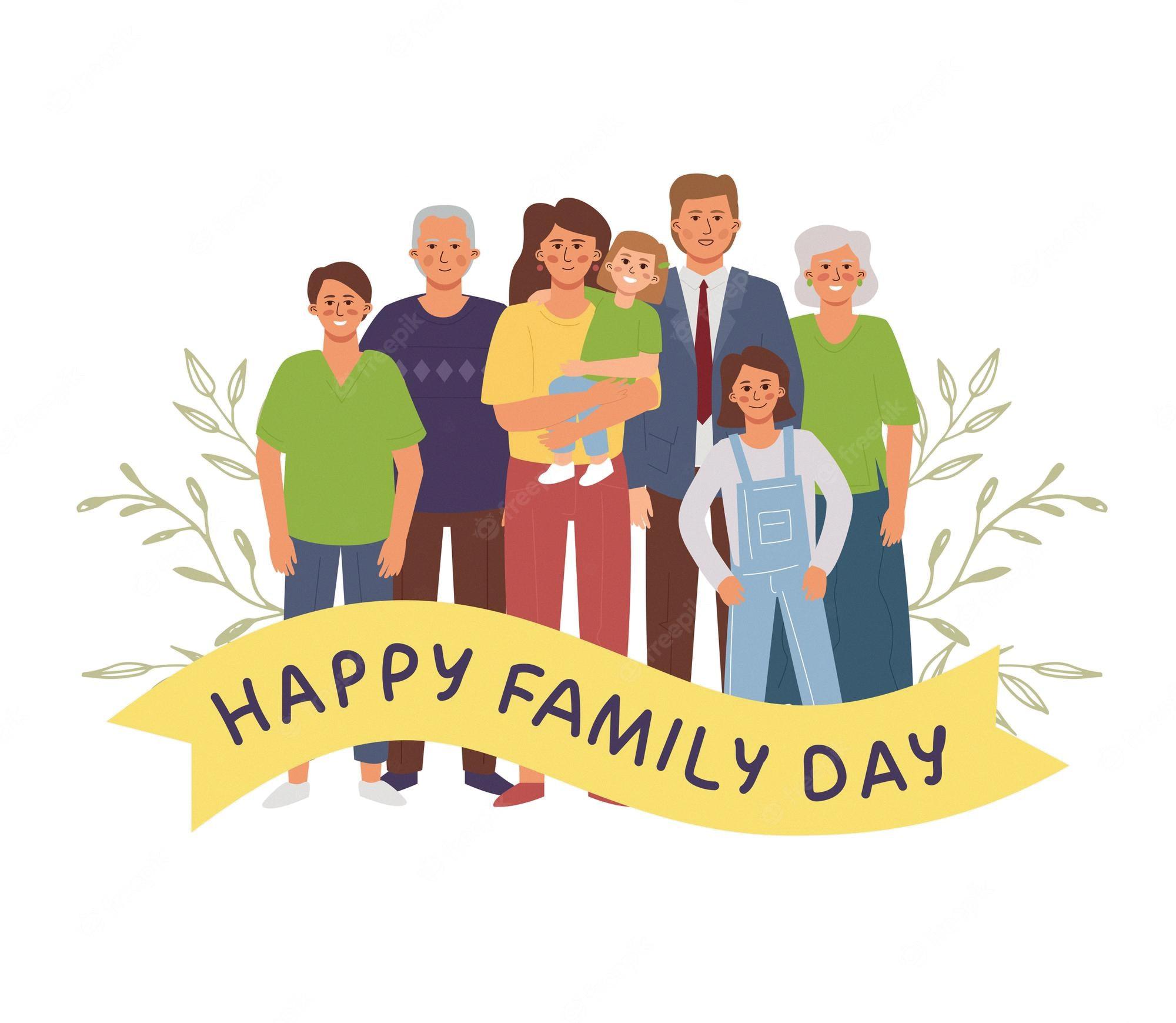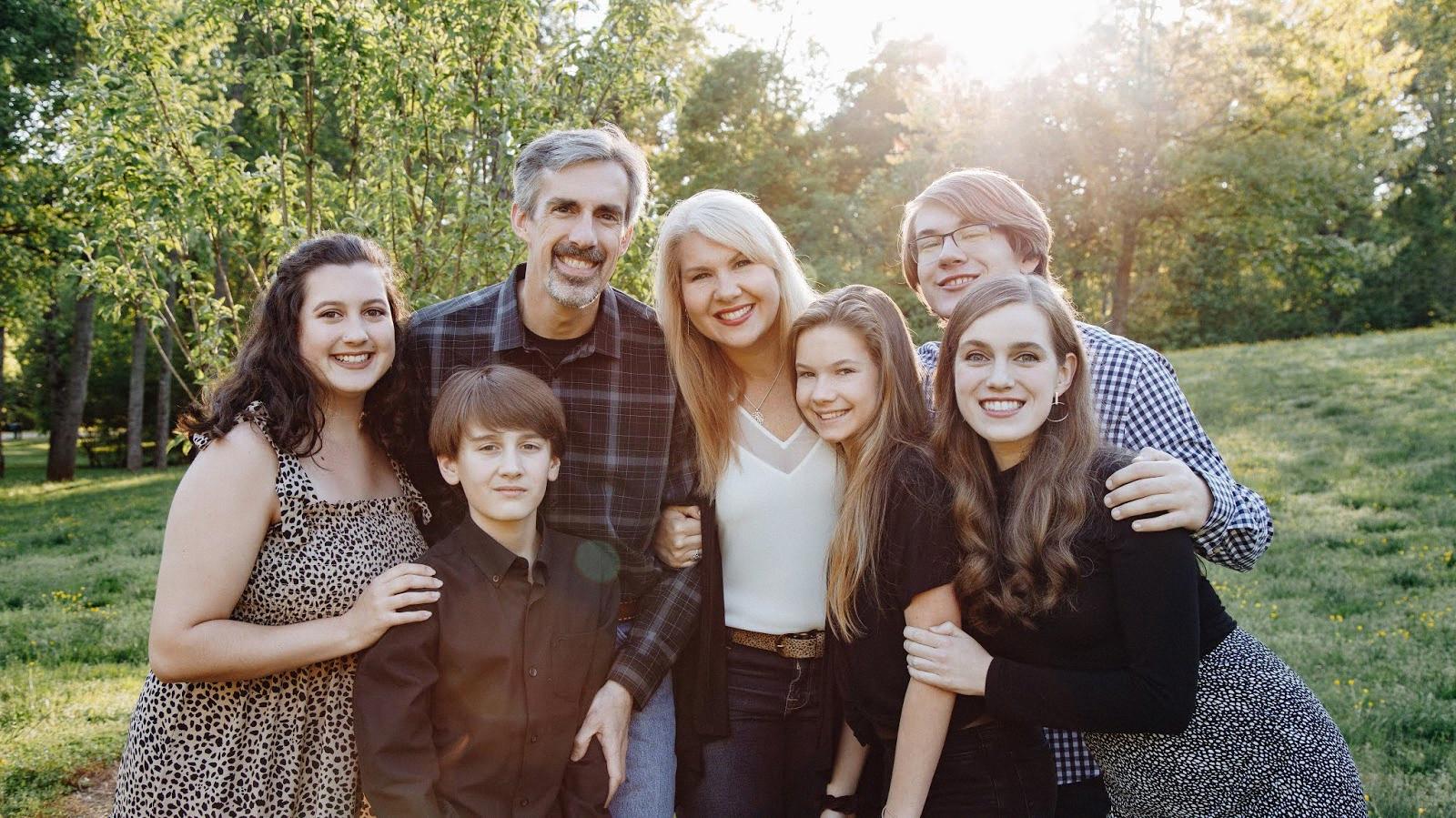Are you looking to raise a close-knit family? If so, creating a supportive, loving and communicative environment is key. A close-knit family is one where everyone feels connected, cared for and respected. It’s also a place where all members of the family are encouraged to express their thoughts and needs.
The first step in building a close-knit family is making sure that the parents have a strong relationship. This means having mutual respect, understanding and communication. Parents should spend quality time together away from their children, as this will help them stay connected with each other and provide an example of how relationships should be in the family.
It’s also important to ensure that each member of the family feels appreciated and valued. Showing appreciation for each other can be done through verbal expressions such as compliments or kind words, or through small acts such as giving hugs or doing favors for one another.
It’s also crucial to make sure that all members of the family are able to communicate openly with each other about both big and small issues. This helps ensure that everyone is on the same page when it coms to decisions or discussing feelings. Additionally, setting aside time for fun activities together can help create positive memories while strengthening bonds between family members.
Finally, families should have similar values and beliefs when it comes to spiritual wellness. Whether this is a shared faith or simply having shared values around life purpose and meaning, having common ground can help build closeness between family members while providing an anchor point during challenging times in life.
By following these tips, you can create a strong foundation for your close-knit family!
The Importance of Close Knit Relationships
Close knit relationships are strong connections between a group of people that involve taking a close, friendly interest in each other’s activities and problems. These relationships are based on mutual trust and respect, as well as a genuine care for one another. They often involve frequent communication and spending quality time together, such as going out for meals or participating in shared hobbies. Close knit relationships can be incredibly rewarding, providing individuals with emotional support, companionship and understanding.

Source: freepik.com
Creating a Happy and Close-Knit Family
A family that is happy and close knit has a few key traits. The first is strong communication between members. This means that everyone in the family should feel comfortable expressing their thoughts and feelings, and everyone should be willing to listen to each other. This fosters understanding and empathy within the family.
The second key trait is respect. Everyone in the family should treat each other with respect, no matter what age they are or what their differences may be. This means that parents should respect their children’s opinions, and children should respect their parents’ authority. Respect also extends to how members of the family treat each other in public, which sets a good example for others to follow.
Finally, a happy and close knit family will have positive relationships between its members. This means that there is trust between them, as well as love and affection. Members of the family should look out for each other’s well-being, both physical and emotional, and provide support when needed. This creates an atmosphere where everyone feels secure in temselves as well as in their relationships with those around them.
When these traits are present in a family, it creates a strong foundation on which they can build strong relationships with one another that will last a lifetime.
The Meaning of Being Close Knit
Being close knit means having strong social, cultural, economic, and political connections that bind people together. It is characterized by feelings of mutual support, loyalty, and trust within a group. Close knit relationships often involve frequent contact between members of the group as well as a shared understanding and respect for each other’s needs and beliefs. In essence, being close knit involves creating a strong bond between individuals or groups of individuals who care deeply for one another.
Building a Close-Knit Family
Building a close knit family begins with making sure eeryone feels heard, respected and understood. Creating a safe and open environment where family members feel comfortable expressing themselves is the foundation for strong bonds. It’s important to take the time to get to know each person in the family, their unique needs and interests, so that each member can feel seen and valued. Establishing routines such as daily check-ins, meals together or shared activities are great ways to stay connected with one another. Additionally, setting boundaries and expectations helps give family members a sense of security while still feeling part of a unit. Participating in activities together such as going on outings or having game nights also provides an opportunity for everyone to bond over shared experiences. Finally, expressing love and gratitude for one another regularly is key in creating a close knit family.
The Meaning of a Tight-Knit Family
A tight-knit family is a family that is closely connected, bound together by love and friendship. Members of this type of family feel comfortable confiding in each other and rely on one another for emotional and practical support. They often spend time together, engaging in activities such as cooking meals, playing games, or simply talking about their day. In addition to providing an atmosphere of acceptance and security, a tight-knit family can also help foster a sense of purpose and identity for its members.

Source: farfromflawlesslife.blogspot.com
The Benefits of Close-Knit Groups
Close-knit groups can be found in many settings and contexts, including schools, workplaces, neighborhoods, families, and religious or spiritual communities. Generally speaking, a close-knit group is a tight-knit network of individuals who share strong emotional bonds and regularly interact with one another. These groups typically have an established history of trust and can rely on each other for support in times of need. Additionally, members of close-knit groups often exhibit a shared sense of identity and purpose that binds them together. Examples of close-knit groups include military units, volunteer organizations, sports teams, sororities/fraternities, church congregations, and extended families.
The Importance of Family Closeness
Family closeness is incredibly important for creating a healthy and supportive environment for all members of the family. It allows children to feel secure and loved, which gives them the confidence to explore the world, try new things and learn. It also facilitates open communication which can make it easier for family members to solve problems together, resolve conflicts respectfully, and have meaningful conversations about different opinions. With a close family bond, all family members can benefit from increased trust, understanding and respect for one another.
Five Qualities of a Good Family
1. Communication: Good communication is essential for a healthy family relationship. This includes beng open and honest with each other, listening to each other, and expressing feelings and thoughts in a respectful way.
2. Respect: All family members should be respected and valued equally. Everyone needs to feel appreciated and accepted for who they are.
3. Support: Families should provide emotional support for their members during times of need or difficulty. It is important to show understanding, compassion, and empathy toward each other.
4. Love: Love is an integral part of any family dynamic; it creates a sense of security and belonging that allows all members to thrive in the home environment.
5. Fun: Families should make time for fun activities like game nights, movie nights, or family outings that promote bonding and create positive memories together.
Bringing Families Closer Together
Spending quality time together is one of the best ways to bring a family closer. Taking part in activities like playing board games and going on outings can help strengthen relationships, build trust, and foster communication between family members. Additionally, sharing meals together can be a great way to reconnect and it also gives eveyone an opportunity to share stories and learn about each other. Other activities like volunteering or attending cultural events can also be fun ways for families to come together and bond. Finally, taking time to have meaningful conversations with one another is essential for building strong connections and understanding within the family.

Source: plainenglish.com
The Benefits of a Close-Knit Lifestyle
Close-knit lifestyle is a type of lifestyle where individuals prefer to form strong connections with just a few key people. This can include family members, friends, or co-workers. They may take part in activities together such as going out for dinner, engaging in hobbies, attending events and more. A typical close-knit lifestyle involves focusing time and energy on these core relationships rather than trying to have a large group of acquaintances. This can lead to a stronger bond of trust, understanding and mutual respect between the few that are involved.
The Benefits of Knowing Everyone
The phenomenon of everyone knowing each other is often referred to as a sense of community or a close-knit community. This can refer to a physical location such as a small town or neighborhood, or it can refer to an online group of people who share common interests and experiences. In this type of community, members are familiar with each other and may provide support and assistance when needed. This type of community is known for its strong sense of mutual trust and friendship.
The Difference Between Close-Knit and Closely Knit
It is both close-knit and closely-knit. Close-knit is an adjective that describes a group of people or things that are connected to each other in a close, supportive way. Closely-knit is an adverb that describes how two or more people or things are connected to each other; it means they are connected very tightly or securely. Both words can be used interchangeably to describe a connection between people or things that is very strong and secure.
The Benefits of a Close-Knit Family
A close knit family is a family that is tightly knit and connected, often sharing strong bonds of love, support and trust. Other words for this type of family include: bonded, united, interdependent, interconnected, and close-knit. A close knit family typically spends a lot of time together, communicates openly and honestly with one another, and looks out for each other’s best interests.

Source: callhercrazy.com
The Importance of Having a Close-Knit Family
Yes, it is important to have a close-knit family. Having a close-knit family helps to create a secure and loving environment for both children and parents. It encourages emotional growth and positive relationships within the family. A close-knit family also provides emotional support, guidance and strong bonds between members. These strong ties can help families through difficult times, proiding a sense of belonging and security that can last a lifetime. Having a close-knit family can also provide children with role models, mentors and protect them from negative influences outside the home, such as peer pressure or bullying. Finally, it allows for better communication between family members, which can help to resolve conflicts before they become too big to manage. All of these benefits can contribute to an overall healthier lifestyle for everyone in the household.
The Benefits of Having a Close Family
Having close family means having access to greater emotional and physical support. When family members live nearby, they can be there to provide a listening ear and offer assistance when needed. Additionally, living near family can provide a sense of security and comfort knowing that help is just around the corner in times of need. Having close family allows for more frequent visits where deeper relationships can be built, leading to stronger familial bonds.
Conclusion
In conclusion, close knit families are characterized by strong relationships, deep appreciation and respect for one another, and open communication. They prioritize spending time together and share similar values and beliefs. Cultivating such a family is possible by demonstrating commitment to one another, expressing appreciation for each other, having open conversations about both big and small issues, setting aside time for family activities, and being mindful of spiritual wellbeing. Ultimately, close knit families create an environment that is beneficial for all members involved.
